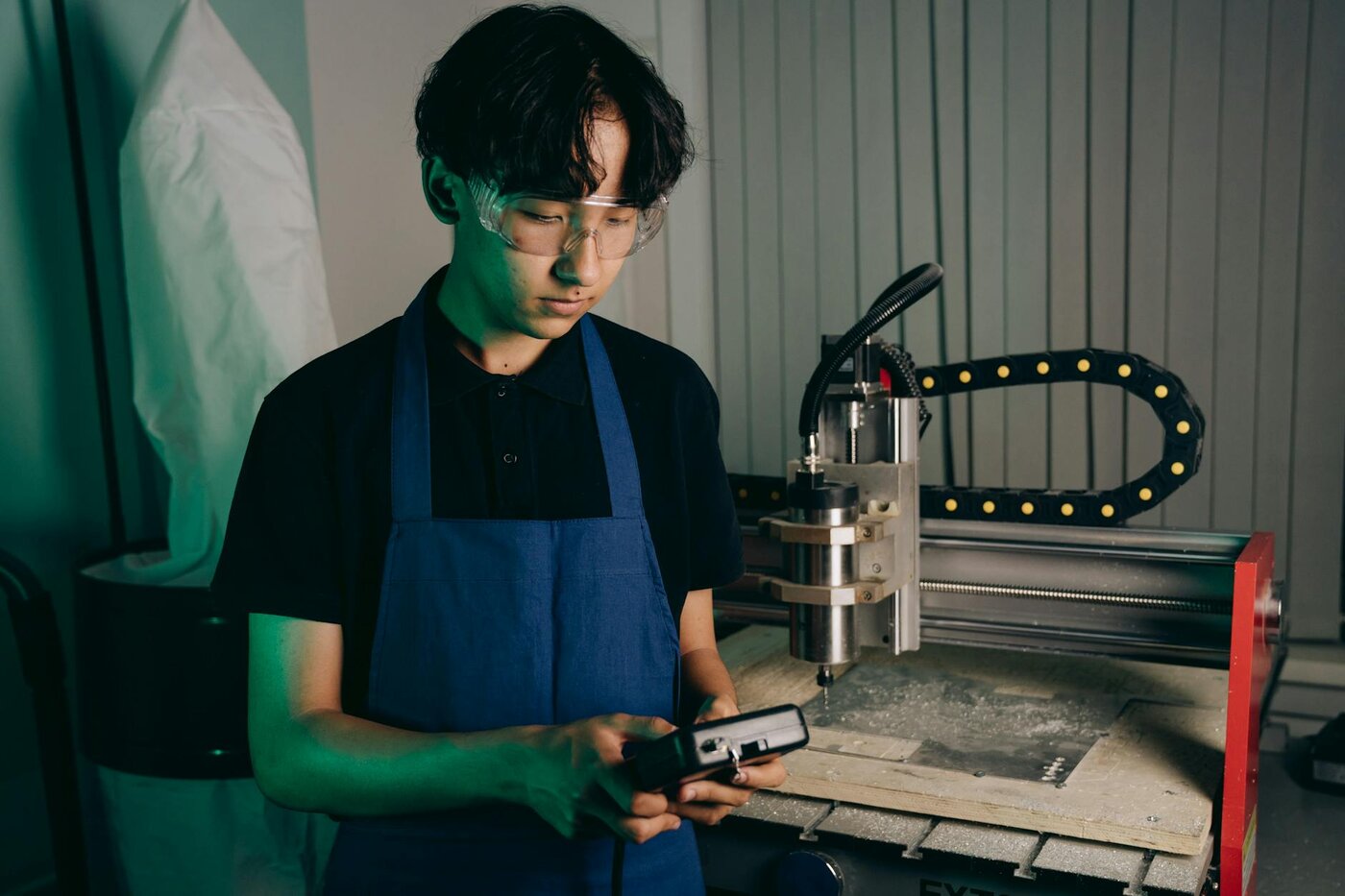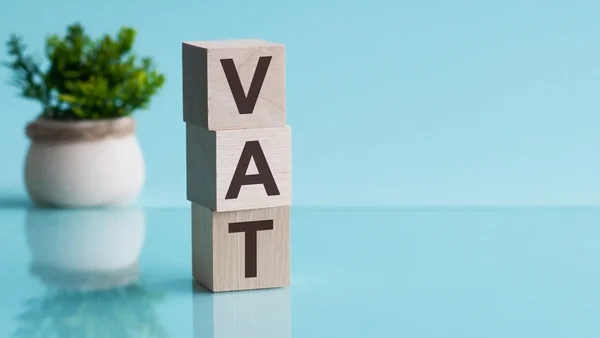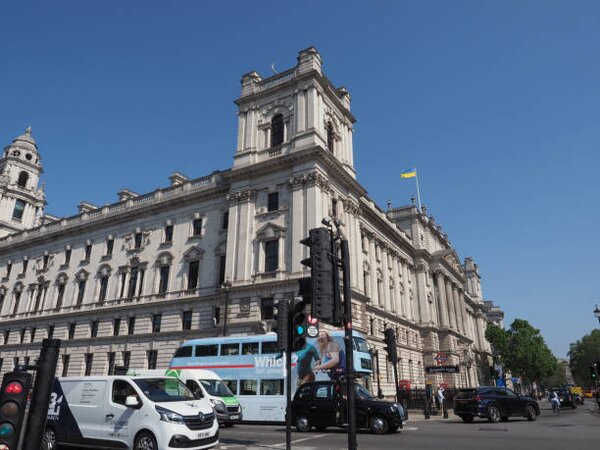Let’s Break This Down Together...
Capital allowances can feel a bit confusing. You’ve bought equipment for your business and now you’re wondering, can I claim tax relief on it?
In this article, we’ll explain exactly what counts as plant and machinery, how to claim capital allowances on your Self Assessment, and the key types of allowances you need to know about. Step by step, we’ll keep it simple and straightforward.
By the end, you’ll see how these rules can cut your tax bill and leave more money in your pocket. Let’s dive in.
What Are Capital Allowances for Plant and Machinery?
Think of capital allowances as the government’s way of acknowledging that buying business equipment costs money. When you purchase assets for your business, you can claim some or all of that cost against your taxable profits.
Unlike everyday expenses such as stationery or phone bills, capital items are expected to last and benefit your business for years. That’s why they get special tax treatment.
Most self-employed folks and small business owners can claim these allowances. Both sole traders and partnerships are eligible to claim capital allowances, while companies, including limited companies, have their own claim based procedures depending on their business structure.
The best bit? Capital allowances can significantly reduce your tax bill. This leaves more money in your pocket to reinvest in your business. By claiming capital allowances, businesses can pay less tax by reducing their taxable profits.
Eligibility for Tax Relief on Plant and Machinery
To claim capital allowances on plant and machinery, your business must ensure that the assets you’re claiming for meet HMRC’s qualifying expenditure rules. This means the equipment, machinery, or business vehicles must be used for business purposes and not for personal use. Both sole traders and limited companies can benefit from capital allowances, provided the assets are owned by the business and are used in the course of generating profits.
The Annual Investment Allowance (AIA) is a key way to get 100% tax relief on qualifying plant and machinery expenditures, up to the current annual limit. This includes a wide range of business assets, from computers and office furniture to vans and specialist machinery. To be eligible, make sure the items are genuinely used for your business activities and that you keep clear records of their purchase and use.
Remember, only certain assets qualify as plant and machinery. Items must be tangible, used in your business, and not part of your trading stock. Vehicles, equipment, and machinery are common examples, but always check the latest HMRC guidance to confirm eligibility. By ensuring your assets meet these criteria, you can confidently claim capital allowances and reduce your tax bill.
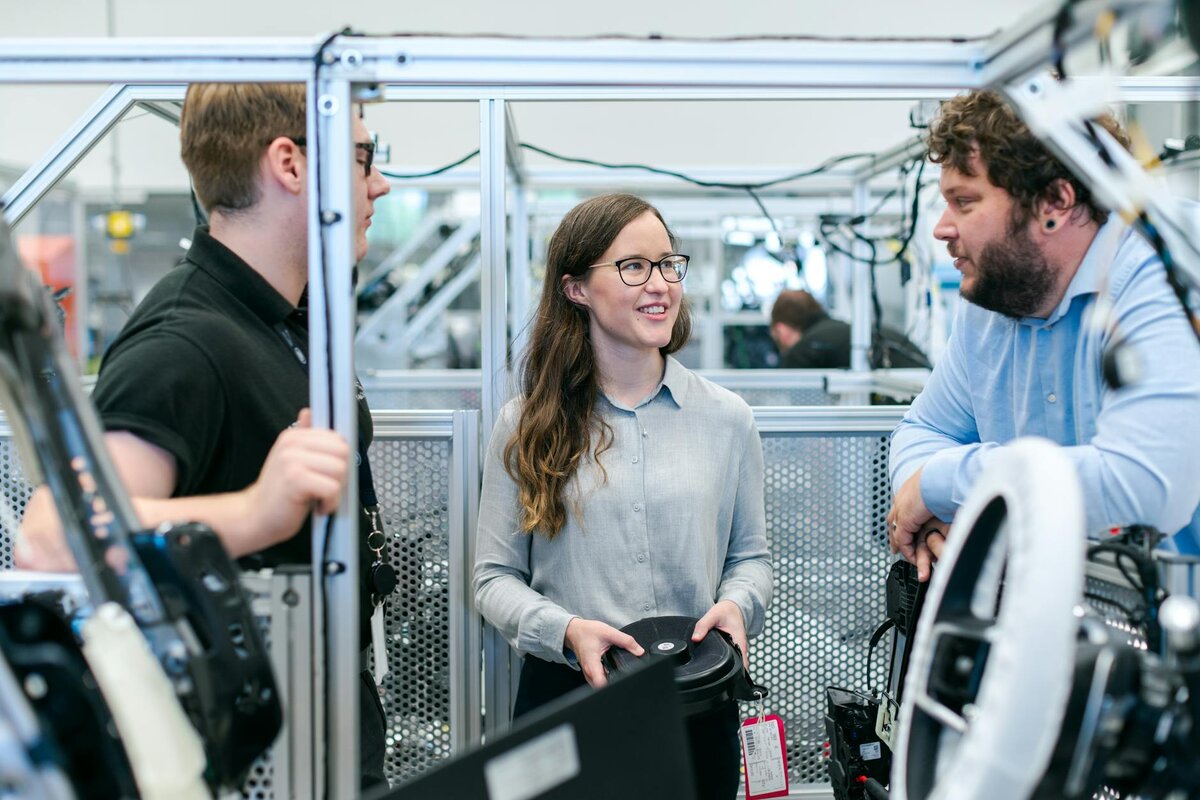
How to Claim Capital Allowances in Your Self Assessment Tax Return
Claiming capital allowances isn’t as daunting as it might seem. Here’s how to do it step by step. The period covered by your accounts determines which assets and expenditures you can claim for in that tax year. First, identify which assets qualify. This includes most business equipment, machinery, vehicles, and certain fixtures in business premises.
Next, work out which type of allowance applies. For most small businesses, the Annual Investment Allowance (AIA) lets you claim 100% of the cost in the year of purchase. When filling out your Self Assessment tax return, head to the capital allowances section. This is found in the self-employment pages (SA103).
Enter the total amount you’re claiming in box 25 if using the full version. If using the short version, enter it in box 10 instead. Keep all receipts and records of your purchases. HMRC might ask to see them later during a compliance check. Review your records and claims carefully before submitting your self assessment return to ensure accuracy and compliance.
Which Items Qualify for Plant and Machinery Allowances?
The list of qualifying items is surprisingly broad and covers many business assets. Let’s look at what qualifies. Office equipment like computers, printers, and furniture all count. Even your office chair could be claimed for.
Tools and machinery used in your trade definitely qualify. This ranges from a builder’s cement mixer to a hairdresser’s scissors. Vehicles used for business purposes qualify too. Cars have special rules based on their CO2 emissions. Different expenditures, such as those on plant, machinery, or fixtures, may qualify for different types of capital allowances, so it’s important to categorise your spending correctly.
Fixtures that form part of your business premises can qualify. These include heating systems, air conditioning, and fitted kitchens in rental properties. Even some less obvious items might qualify. Think security systems, solar panels, or website development costs.
I once helped a photographer who didn’t realise his expensive camera equipment qualified. He saved nearly £2,000 in tax that year by claiming capital allowances correctly. Remember, the item must be owned by your business, not rented or leased. It must also be used primarily for business purposes. Some assets are grouped into a pool for allowance purposes, and allowances are then calculated based on the total value of the pool.

How to Calculate Your Capital Allowances
Calculating your capital allowances starts with identifying your qualifying expenditure on plant and machinery. Begin by listing all the equipment, machinery, and business vehicles purchased for business use during your accounting period. The cost of these assets forms the basis of your claim.
For most businesses, the Annual Investment Allowance (AIA) allows you to claim 100% tax relief on qualifying expenditures up to the annual limit. If your total qualifying expenditure exceeds the AIA threshold, you can claim writing down allowances on the remaining balance. The main rate is 18% for most assets, while certain items, such as integral features or long-life assets, qualify for a 6% rate.
To calculate your capital allowances:
- Add up the cost of all qualifying assets purchased in the period.
- Apply the AIA to the first portion of expenditure, up to the annual limit.
- For any amount above the AIA, apply the appropriate writing down allowance rate.
- If you own residential property, be aware that only certain fixtures may qualify for plant and machinery allowances, check the rules carefully.
- Keep detailed records of all purchases, including invoices and descriptions of the assets.
By following these steps and understanding the different types of qualifying expenditures, you can ensure you’re claiming capital allowances accurately and maximising your tax relief.
Different Types of Capital Allowances to Consider
Not all capital allowances work the same way. Here are the main types you should know about. Capital allowances offset your taxable profits by allowing you to deduct the cost of qualifying assets. The Annual Investment Allowance (AIA) is the most generous. It lets you deduct the full cost of most plant and machinery up to a maximum of £1 million per year.
Writing Down Allowances (WDAs) come into play for items that don’t qualify for AIA. They also apply when you’ve exceeded the AIA limit. With WDAs, you claim a percentage of the remaining value each year. The main rate is 18% for most items.
First Year Allowances (FYAs) give enhanced relief for certain environmentally friendly equipment. This encourages businesses to invest in green technology. The super deduction is a temporary measure that allows companies to claim enhanced tax relief on qualifying plant and machinery expenditures, providing a greater benefit for a limited period.
The Structures and Buildings Allowance (SBA) covers construction costs for commercial buildings, not residential property. It allows a 3% deduction per year. Cars have their own rules, with allowances based on CO2 emissions. The greener the car, the better the tax relief you’ll receive. In most cases, the value of an asset for capital allowances is what you paid for it.
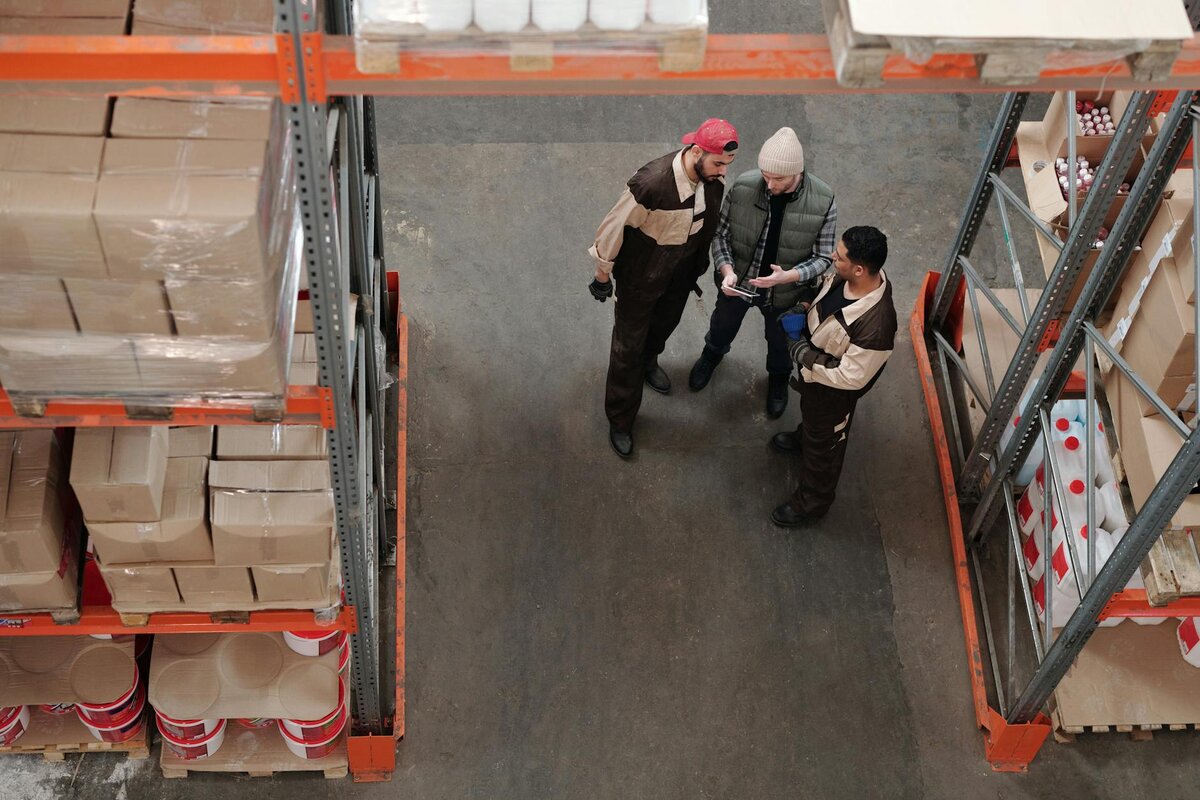
Tax Implications of Claiming Capital Allowances
Claiming capital allowances can have a significant impact on your business’s tax position. By deducting the cost of qualifying plant and machinery from your profits, you reduce the amount of tax you need to pay. This can lead to substantial savings, especially for businesses that invest regularly in new equipment or vehicles.
However, it’s important to ensure your claims are accurate and comply with HMRC rules. Incorrect or inflated claims can result in penalties, interest charges, and unwanted attention from HMRC. Always keep thorough records and double-check that your assets qualify before submitting your claim.
The type of capital allowance you choose, whether the Annual Investment Allowance or writing down allowances can also affect your tax planning. For example, claiming the full AIA in one year can provide immediate tax relief, while spreading the claim over several years with writing down allowances may be more beneficial in some cases.
Ultimately, claiming capital allowances is a valuable way to save on tax, but it’s essential to understand the rules and consider the impact on your business’s cash flow and future tax liabilities.
Tax Relief Benefits: Why Claiming Matters
Claiming capital allowances is one of the most effective ways for businesses to unlock valuable tax relief. By reducing your taxable profits, you lower your overall tax bill, freeing up cash that can be reinvested in your business. This can make it easier to afford new equipment, machinery, or business vehicles, helping your business grow and stay competitive.
Both sole traders and limited companies can benefit from claiming capital allowances. The savings can be significant, especially for businesses with substantial capital expenditures. Offsetting the cost of assets through allowances means you’re not out of pocket for the full value, and you can plan your investments more efficiently.
It’s also a smart way to manage your business finances. By taking advantage of the available tax relief, you improve your cash flow and strengthen your business’s financial position. For the best results, seek guidance from a tax professional to ensure your claims are accurate and fully compliant with HMRC rules. Claiming capital allowances isn’t just about saving tax it’s about giving your business the advantage it needs to thrive.

Common Mistakes to Avoid When Claiming
Even seasoned business owners make mistakes with capital allowances. Here’s how to avoid the common pitfalls. Don’t claim for items used partly for personal purposes without reducing the claim. You must apportion the cost based on business usage.
Remember that land and buildings generally don’t qualify as plant and machinery. However, many fixtures within them do qualify. Avoid claiming twice for the same expense. If you’ve already claimed an expense as a revenue deduction, you can’t also claim capital allowances on it. If you sell an asset after claiming capital allowances, you may need to adjust your claim or pay back some of the allowance.
Don’t forget to keep detailed records of your purchases. Without proper documentation, HMRC might reject your claim during an investigation. Watch your timing when making claims. Capital allowances are claimed in the accounting period when you start using the asset, not when you paid for it.
To avoid these mistakes and ensure compliance, research the rules for capital allowances thoroughly before making a claim.
Final Thoughts
Getting your head around capital allowances might take a bit of effort. However, it's well worth it for the tax savings you'll make. By understanding what you can claim and keeping good records, you'll ensure you're not paying more tax than necessary. This is money that can be reinvested in your business.
If your business regularly invests in equipment or vehicles, consider planning your purchases carefully. Sometimes, timing a purchase just right can make a big difference to your tax bill.
Taking the time to learn about capital allowances is one of the smartest tax moves you can make. It's an investment in your business's financial health.
